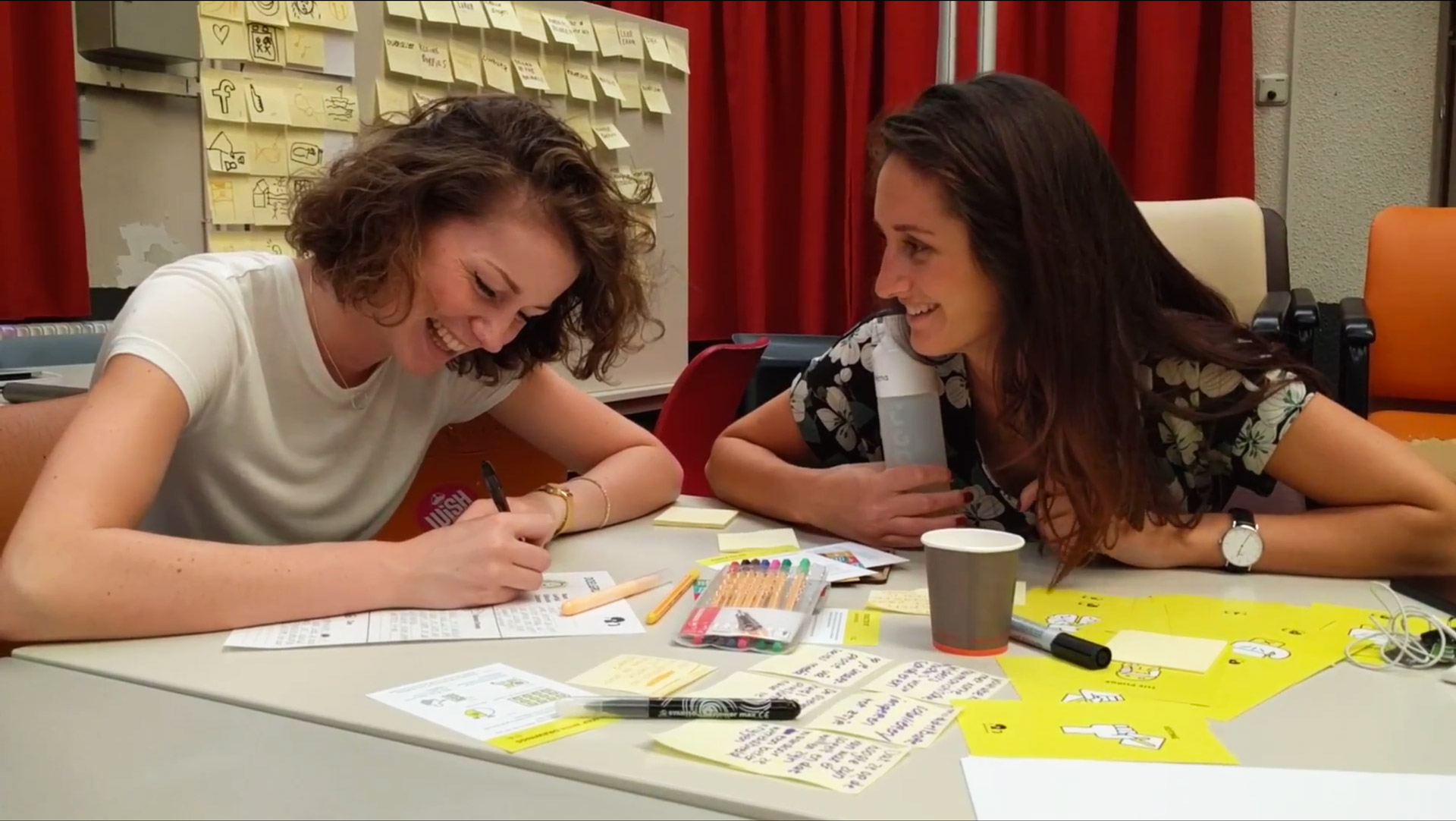As traditional business models are collapsing, more and more news organizations are looking towards their audience for their sustainable future in journalism. Design thinking will give you the tools and method to embrace innovation.

“So, what do you know about your audience”, I asked her. She’s a journalist at an online media company in Latin America and there was a little pause before she answered. “To be completely honest: not much.” She thought a bit longer and continued. “Who are they? What do they need? How do they interact with our content? And are we fulfilling our goal? Apart from some basic paralytics, we absolutely do not know.”
Your audience
She’s not the only journalist who thinks this way. Our Hackastory team spoke with hundreds of news professionals. The truth is: the majority doesn’t know. We believe when you want to become more sustainable your audience is a good starting point. You want to reach your users and create an impact on society.
The past two years we worked with 1200 students and professionals from dozens of countries who all care for good journalism. Together we experimented to build the future. We also researched methods (Stanford University’s d.school laid the basis for this way of thinking), made and are still creating new exercises and build our kit that especially caters to journalism. Our method is divided into three simple phases.
Learn:
As said, it’s audience first. Your users are the ones who eventually interact with your product and stories. Why not involve them early on and try to understand them better? Put yourself in their shoes. The better you understand your users, the bigger the impact you will have. In this phase, you’ll also take the time to narrow your focus, describe your challenge and define your goal.
Ideate:
I’ve worked in newsrooms for 15 years and I’ve been to numerous of brainstorms. You might know the drill: shouting out ideas, nodding heads, an awkward silence here and there and the occasional ‘we’ve done that’ before the boss picks the best idea. There is a more productive, effective and structured way to brainstorm.
Build:
After you’ve decided on the concepts that will help your audience the most and you’ve structured the ideas clearly, it’s time to bring it to life. Don’t fire up your computer with a whole new concept, start on paper first. A simple, scrappy prototype will save time and let you focus on testing important elements. This input will also guide the next iterations that will transform your paper concept into a digital one.
We believe this process will help you create a bigger impact on your audience, generating more fruitful ideas and build better projects and overcome the challenges. Are you with us?
Good reads:
- Design thinking and journalism go together: here’s how https://medium.com/we-are-hearken/design-thinking-and-journalism-go-together-here-s-how-e7d286c02b49
- Journalism case studies that apply design thinking https://www.poynter.org/news/journalism-case-studies-apply-design-thinking
- 10 best tips for collaboration between journalists and coders https://hackastory.com/10-best-tips-for-collaboration-between-journalists-and-coders/